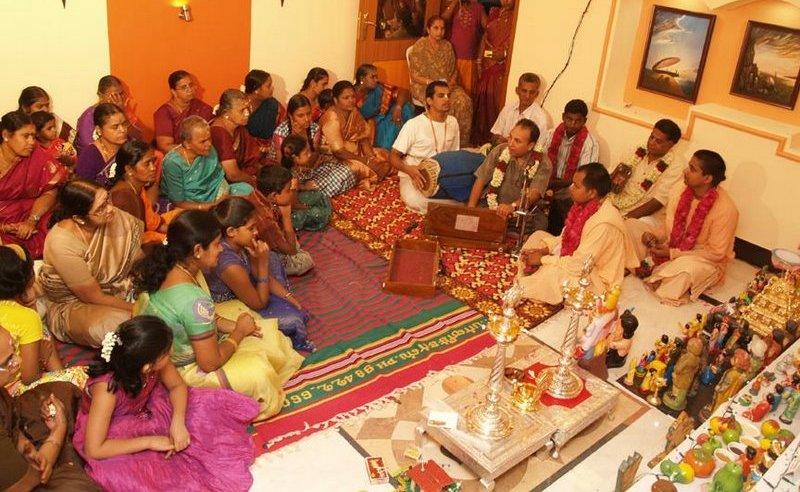
The Varieties of Hindu Devotional Experience
From around the beginning of the second millennium in South Asia, several influential Vedāntic Hindu theologians began to articulate, embody, and institutionalise the somewhat startling claim that God – the pure spirit who is eternal and beyond all worldly limitations – is yet deeply hidden in the innermost recesses of the human heart, which is purified by devotional love (bhakti). Even more, some of their commentarial texts declare audaciously that such is the soteriological power of bhakti that God becomes willingly subservient to the ecstatic lovers of God (bhaktas) and humbly follows them wherever they go. This deep theological paradox – the supremely sovereign God is also intimately immanent in the radiant heart of love – is configured by these Hindu traditions from scriptural resources, such as the Upaniṣads (c.800 BCE), the Bhagavad-gītā (c.200 CE), and the Bhāgavata-Purāṇa (c.900 CE). The thematic and experiential interrelations between the love of God and the God of love in these scriptural texts continue to shape various living forms of Hindu devotional spirituality in India, and also some of their transnational migrations such as the Hare Krishna (ISKCON), Swaminarayan, and others. Across several millennia, the notions, practices, and institutions of bhakti have generated exquisitely beautiful literature, devotional music (including, in our own times, a genre of Bollywood songs), architecture, ‘mystical’ poetry (including some creative intersections with Sufi Islam motifs), and temple dance. The ‘transgressive’ ecstasy of bhakti, which has led some bhaktas to interrogate the entrenched forms of cultural hierarchies which are indigenous to South Asia, has also been represented as a spiritual medium for generating social protest.
Drawing together the elements indicated above, the module aims to highlight the textual foundations of bhakti in some classical scriptures and commentaries; its diverse socio-historical locations across South Asia; and its theological, ritual, and experiential structures within the wider matrices of Hindu religious existence. We will study how bhakti is a prism which moves between the ‘high’ philosophical theology of Vedāntic Hinduism, which revels in conceptual paradoxes relating to divine transcendence and divine immanence, and the ‘popular’ devotion of millions of practising Hindus and itinerant minstrels (such as the two musicians in the photograph), for whom God is not simply the cosmic suzerain of the world but also a living piece of their own bhakti-drenched heart.
For further information please contact Dr Ankur Barua.
